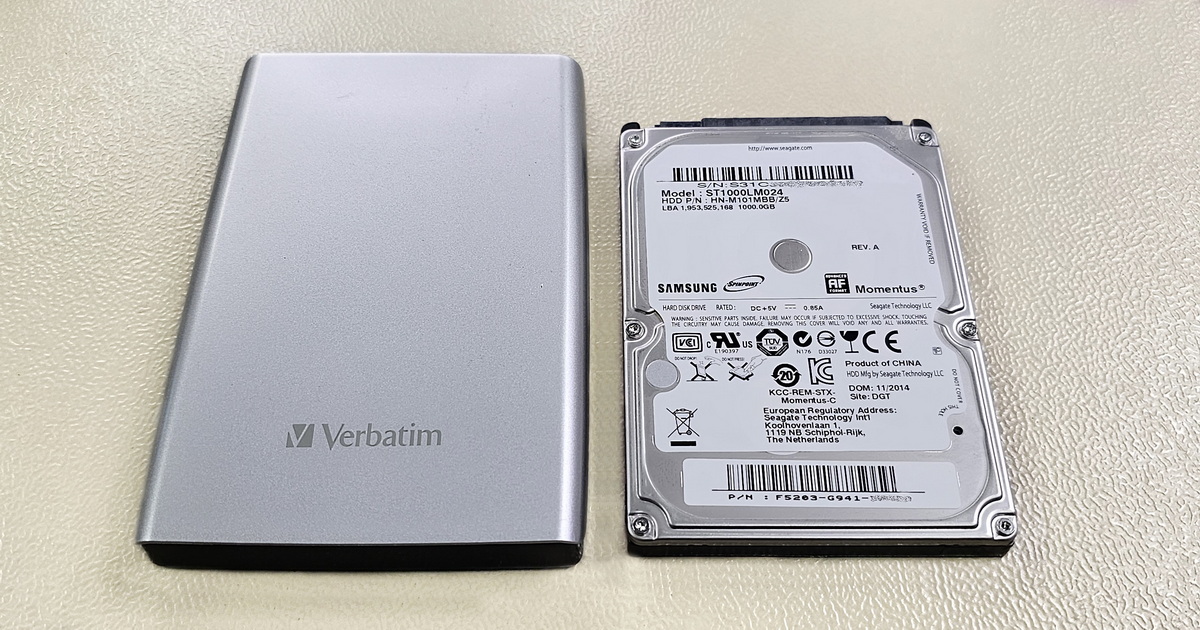Writing Data: When data is written, the read heads generate a small magnetic field that changes the orientation of magnetic particles on the disk. Each magnetic particle represents a bit of information (0 or 1). Changing the orientation of particles in the direction of or against the disk's rotation represents these binary states. This process requires extreme precision, as the data density on modern disks is enormous.
Reading Data: When reading data, the read heads detect changes in the magnetic orientation on the disk surface. Magnetoresistive (MR) or giant magnetoresistive (GMR) technology in the heads respond to these changes, allowing the disk's electronics to convert these signals back into digital information that the computer can process.
Distance of Heads from Disk: The read heads move very close to the surface of the data platters of the disk, but must not touch them to avoid damage. This distance is often measured in nanometers, requiring precise engineering and manufacturing.
Magnetic Bit: When the read head writes a value of 0 or 1, it does so by changing the magnetic orientation in this small segment. Polarization can be positive or negative, representing either 0 or 1.
Read/Write Heads and Data Recovery from Hard Drives
The read heads of hard disk drives (HDDs) are often the cause of failure, especially after physical or mechanical damage, such as falls or strong impacts. Given their proximity to the data platters - measured in nanometers - even slight disturbances can cause significant damage. After a fall or impact, the read heads may either physically touch the platters, leading to mechanical damage, or they may shift from their optimal position, making data reading difficult or impossible.
Failure of the read heads can also be caused by their spontaneous wear or manufacturing defects. In such cases, problems such as sudden errors in reading or writing data or data loss without an apparent cause may occur.
In the process of data recovery from hard disk drives (HDDs), the diagnosis and repair, or replacement of the read heads is often key. Data recovery experts have the tools and techniques to replace damaged read heads and to precisely adjust new heads to safely and efficiently recover data. This process requires not only technical skills but also detailed knowledge of HDD construction and the principles of magnetic data recording.
Although modern technology allows for considerable success in data recovery, it's important to realize that physical damage to disks can in some cases lead to irreversible data loss. Therefore, it's important to protect hard drives from physical damage and also to regularly backup important data.
-
Čtecí hlavy HDD Western Digital WD5000AAVS / Reading Heads of HDD Western Digital WD5000AAVS
Čtecí hlavy HDD Western Digital WD5000AAVS / Reading Heads of HDD Western Digital WD5000AAVS
-
Čtecí hlavy ext. 5TB HDD Western Digital WDBPKJ0050BBK - WD50NDZW / Reading Heads of External 5TB HDD Western Digital WDBPKJ0050BBK - WD50NDZW
Čtecí hlavy ext. 5TB HDD Western Digital WDBPKJ0050BBK - WD50NDZW / Reading Heads of External 5TB HDD Western Digital WDBPKJ0050BBK - WD50NDZW
-
Čtecí hlavy 1TB HDD Seagate ST1000DM003 / Reading Heads of 1TB HDD Seagate ST1000DM003
Čtecí hlavy 1TB HDD Seagate ST1000DM003 / Reading Heads of 1TB HDD Seagate ST1000DM003
-
Čtecí hlavy 2TB HDD Seagate ST2000DM001 / Reading Heads of 2TB HDD Seagate ST2000DM001
Čtecí hlavy 2TB HDD Seagate ST2000DM001 / Reading Heads of 2TB HDD Seagate ST2000DM001
-
Čtecí hlavy 750GB HDD Hitachi HDT721075SLA380 / Reading Heads of 750GB HDD Hitachi HDT721075SLA380
Čtecí hlavy 750GB HDD Hitachi HDT721075SLA380 / Reading Heads of 750GB HDD Hitachi HDT721075SLA380
-
Čtecí hlavy 3TB HDD Seagate ST3000VN007 / Reading Heads of 3TB HDD Seagate ST3000VN007
Čtecí hlavy 3TB HDD Seagate ST3000VN007 / Reading Heads of 3TB HDD Seagate ST3000VN007
-
Čtecí hlavy 3TB HDD Seagate ST3000VN007 / Reading Heads of 3TB HDD Seagate ST3000VN007
Čtecí hlavy 3TB HDD Seagate ST3000VN007 / Reading Heads of 3TB HDD Seagate ST3000VN007
-
Čtecí hlavy 1TB HDD HGST HTS721010A9E630 / Reading Heads of 1TB HDD HGST HTS721010A9E630
Čtecí hlavy 1TB HDD HGST HTS721010A9E630 / Reading Heads of 1TB HDD HGST HTS721010A9E630
-
Čtecí hlavy 4TB HDD WD WDBWLG0040HBK - WD40EMAZ / Reading Heads of 4TB HDD WD WDBWLG0040HBK - WD40EMAZ
Čtecí hlavy 4TB HDD WD WDBWLG0040HBK - WD40EMAZ / Reading Heads of 4TB HDD WD WDBWLG0040HBK - WD40EMAZ
-
Čtecí hlavy 4TB HDD WD WD40NMZW / Reading Heads of 4TB HDD WD WD40NMZW
Čtecí hlavy 4TB HDD WD WD40NMZW / Reading Heads of 4TB HDD WD WD40NMZW
-
Čtecí hlavy 1000GB HDD Samsung HN-M101MBB - ST1000LM024 / Reading Heads of 1000GB HDD Samsung HN-M101MBB - ST1000LM024
Čtecí hlavy 1000GB HDD Samsung HN-M101MBB - ST1000LM024 / Reading Heads of 1000GB HDD Samsung HN-M101MBB - ST1000LM024
-
Čtecí hlavy 500GB HDD WD WD500MBVW / Reading Heads of 500GB HDD WD WD500MBVW
Čtecí hlavy 500GB HDD WD WD500MBVW / Reading Heads of 500GB HDD WD WD500MBVW
-
Čtecí hlavy 1TB HDD Toshiba MQ04ABF100 / Reading Heads of 1TB HDD Toshiba MQ04ABF100
Čtecí hlavy 1TB HDD Toshiba MQ04ABF100 / Reading Heads of 1TB HDD Toshiba MQ04ABF100
-
Čtecí hlavy 2TB HDD WD WD20NMVW / Reading Heads of 2TB HDD WD WD20NMVW
Čtecí hlavy 2TB HDD WD WD20NMVW / Reading Heads of 2TB HDD WD WD20NMVW
-
Čtecí hlavy HDD Western Digital WD2500BEVS / Reading Heads of HDD Western Digital WD2500BEVS
Čtecí hlavy HDD Western Digital WD2500BEVS / Reading Heads of HDD Western Digital WD2500BEVS








































